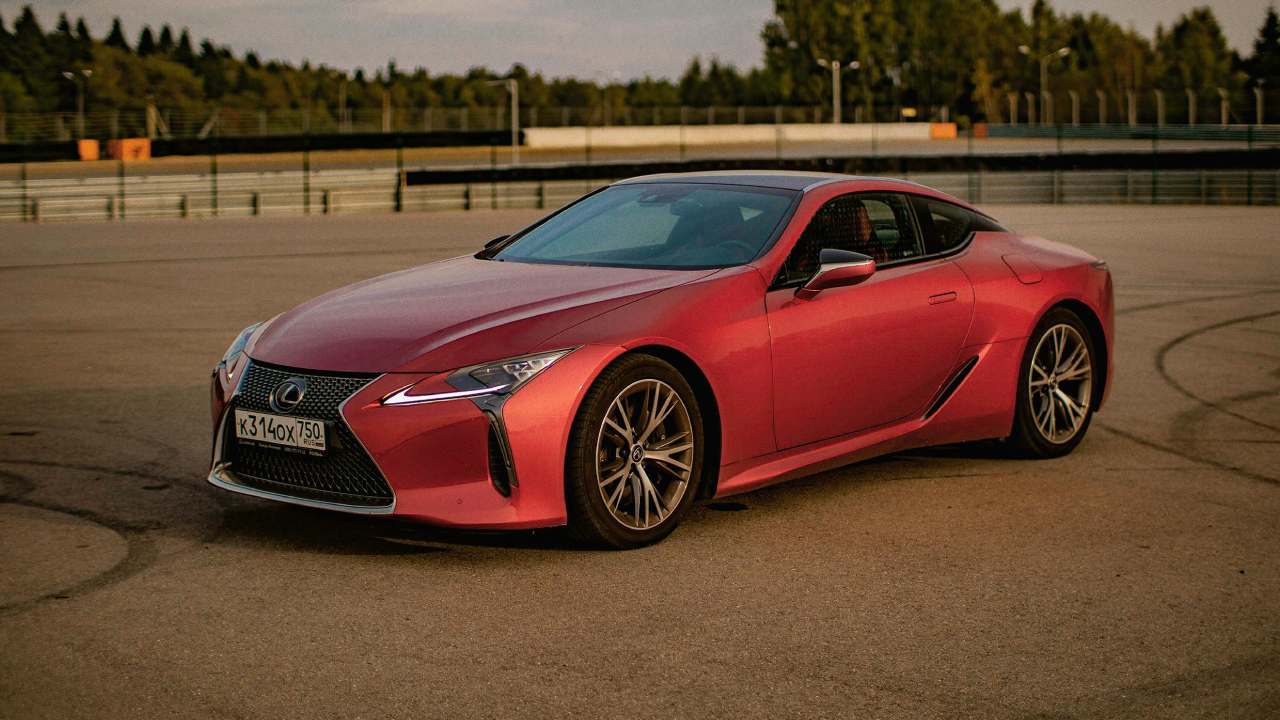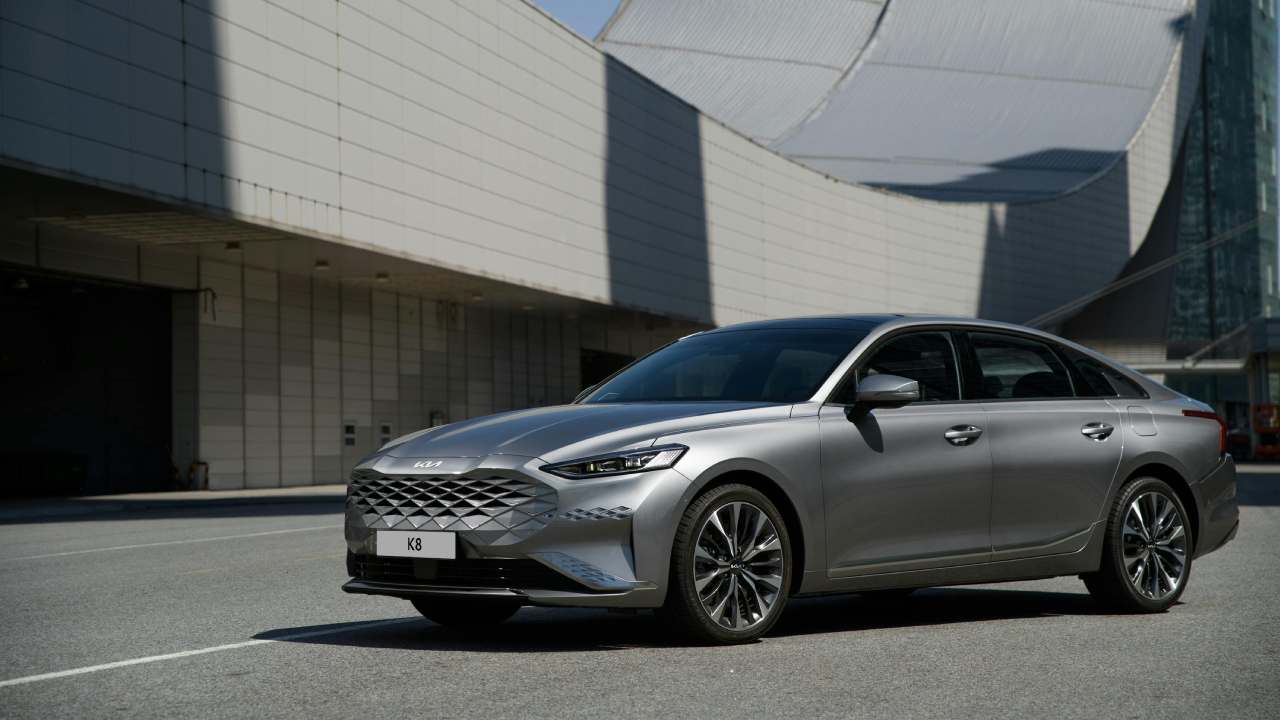Buying a car is one of the biggest financial decisions you’ll make, especially if it’s your first time. With hundreds of options on the market, it’s easy to feel overwhelmed. Should you choose a compact sedan or a spacious SUV? Gasoline or electric? New or used? And most importantly, how can you make sure you’re staying within your budget?
This guide breaks it all down for you. By the end of this post, you’ll understand how to assess your needs, set a realistic budget, and make an informed decision that you’ll feel good about for years to come.
Understanding Your Needs
Before visiting dealerships or scrolling through online listings, start by identifying your specific needs. Taking the time to assess what you require in a vehicle will narrow down your options and ensure you pick something that fits your lifestyle.
Daily Driving Habits
Think about how you’ll be using your car. Do you have a short city commute, or will you be driving longer distances on highways? For city dwellers, a compact car with great fuel efficiency is often a smart choice. For longer commutes, you may want a vehicle with additional comfort features, like cruise control or plush seating.
Size and Space
The size of the vehicle is equally important. Are you a single person who only needs a small car, or do you have a family requiring ample space for kids, groceries, or outdoor gear? Sedans, hatchbacks, or compact SUVs often work well for couples or single professionals. Larger SUVs, minivans, or station wagons are better for families.
Safety Features
Safety should always be a priority. Look for features like anti-lock brakes (ABS), electronic stability control (ESC), airbags, and rearview cameras. Newer vehicles might also have advanced options like lane departure warnings or adaptive cruise control.
Fuel Efficiency
Gasoline, diesel, hybrid, or electric? Your choice will depend on your driving habits and access to charging stations. If you drive long distances often, fuel-efficient hybrids or gas vehicles might suit you better. However, if your budget allows and you’re environmentally conscious, an electric vehicle (EV) could be a great option.
Setting Your Budget
Now that you know what you need, it’s time to talk about money. Choosing a car isn’t just about what you can afford upfront; you also need to consider long-term costs.
Initial Purchase Price
Decide if you’d like to buy new or used. While a new car might have the latest features and warranties, used cars are often significantly cheaper and depreciate less over time. According to Kelley Blue Book, new cars lose an average of 20–30% of their value within the first year.
Ongoing Costs
Consider the additional expenses that come with owning a car:
- Insurance: Some models, like luxury cars, come with higher insurance premiums.
- Maintenance: Some makes and models have higher repair costs depending on parts availability.
- Fuel Costs: Check the car’s average miles per gallon (MPG) and calculate approximate monthly expenses based on your driving habits.
- Registration and Taxes: These vary depending on where you live and the make/model of the car.
Financing
If you’re opting for financing, make sure you don’t overstretch yourself. Experts recommend keeping your car payment below 15% of your monthly take-home income. Use auto loan calculators to estimate monthly payments and adjust your purchase price range accordingly.
Researching Vehicle Options
Once you’ve set a budget, it’s time to dig into your options. This is where you’ll learn everything you need to know about potential vehicles.
Online Research
Websites like Edmunds, Car and Driver, and Kelley Blue Book provide detailed reviews of new and used cars, including reliability scores, price estimates, and comparisons. YouTube is another great place to watch video reviews and test drive footage.
Talk to Owners
If you’re eyeing a specific make or model, try reaching out to current owners. Friends, family, or online forums can often provide honest insights into a car’s strengths and weaknesses.
Certification Programs
For used cars, consider certified pre-owned (CPO) programs that ensure the vehicle has been inspected and refurbished by the manufacturer. CPO cars are typically more reliable and come with additional warranties.
Evaluating the Market
When you’ve identified a few potential vehicles, it’s time to compare options and check prices.
Compare Prices
Use platforms like Autotrader, Cars.com, or TrueCar to compare listings in your area. Be sure to factor in mileage, condition, and additional features like navigation systems or leather interiors when comparing prices.
Look at Resale Value
Some cars, like Toyotas and Hondas, depreciate slower than others. Check the resale value of your chosen models so you know what to expect when it’s time to sell or trade in.
Explore Financing Options
If you’re financing, shop around for the best interest rates. Dealerships often have their own financing, but don’t be afraid to check with credit unions or banks—they can sometimes offer better rates.
Test Driving and Inspecting
Never make a purchase without test driving your options. A test drive gives you a feel for the car and ensures that it meets your expectations.
Key Things to Check
- How does the car handle turns and acceleration?
- Are the seats comfortable, and is there enough legroom?
- Are the controls (radio, air conditioning, etc.) intuitive and easy to reach?
- Do you hear any unusual noises during the drive?
Professional Inspection
If you’re buying used, always get the car inspected by a trusted mechanic. They can check for underlying issues that might not be obvious during a test drive.
Making the Final Decision
You’ve done your research, set your budget, and taken your test drives. Now it’s time to make the final decision.
Long-Term Costs
Revisit your calculations on long-term costs, including insurance premiums, maintenance, and fuel expenses. Make sure the total cost of ownership aligns with your budget.
Trust Your Gut
At the end of the day, your car should bring you joy and meet your unique needs. If something feels off, don’t feel pressured to buy—it’s okay to walk away and look for alternatives.
The Road Ahead
Choosing the right car is no small task, but by following the steps outlined here, you’re already ahead of the game. Remember to focus on what matters most to you—be it fuel efficiency, safety features, or affordability—and you’ll be sure to drive away happy.
Have questions or want to share your car-buying experience? Drop a comment below or reach out to our team for personalized advice. Happy driving!


